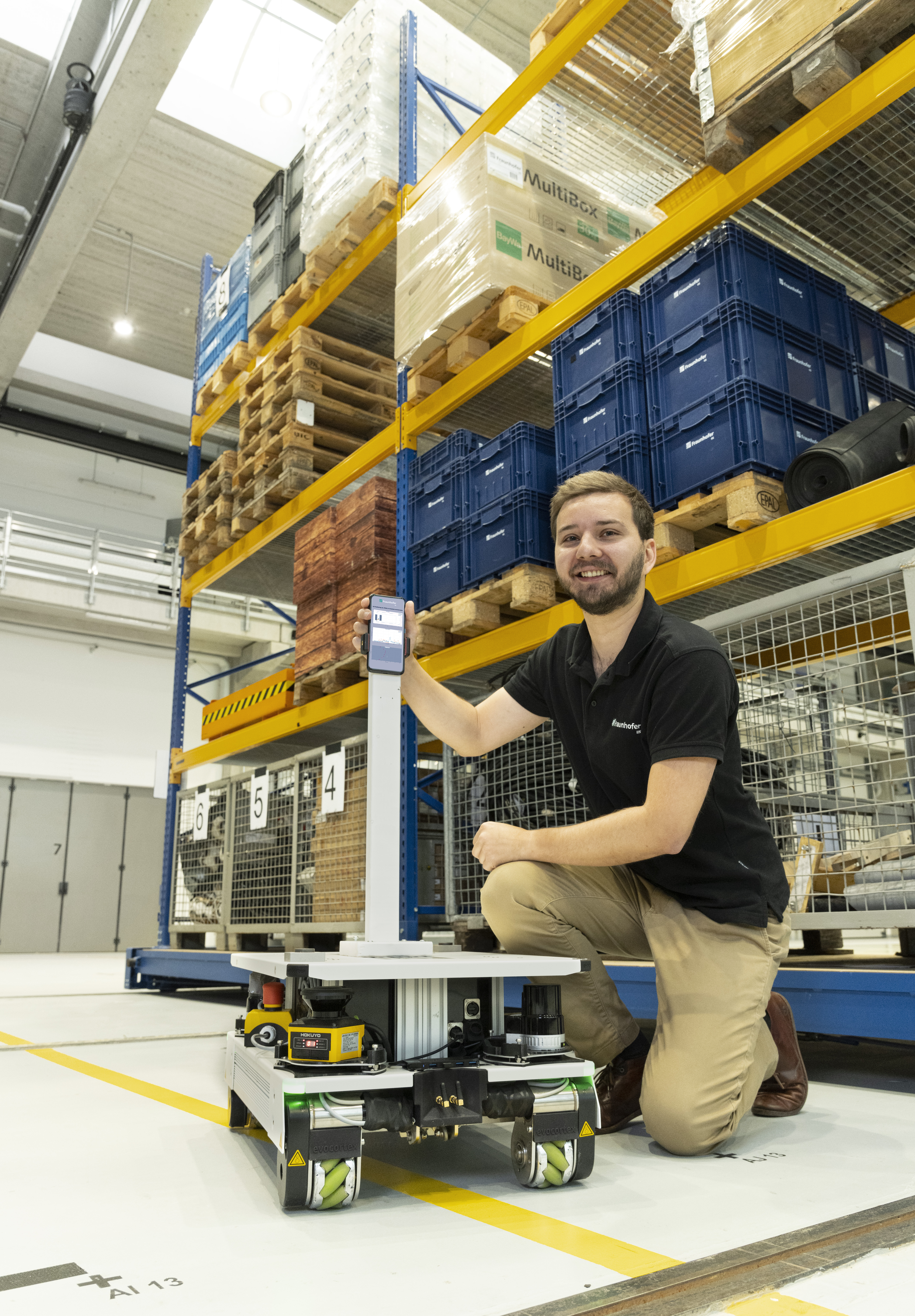Positioning for private 5G networks
Erlangen, Germany: The Fraunhofer-Institute for Integrated Circuits IIS in collaboration with Intel provides high accuracy positioning for private 5G networks. Positioning is an essential driving force for new use cases in process automation, asset tracking and human-robot-collaboration across all industry verti-cals.
The increasing availability of 5G and the allocation of private spectrum makes it now possible to utilize positioning in non-public 5G networks` increasing demand for high positioning performance in industrial applications. Fraunhofer IIS in collaboration with Intel is working to provide solutions that go far beyond the latency and positioning accuracy currently available. In upcoming 5G 3GPP releases, we will see improvements in location accuracy, latency, reliability, and power consumption, delivered over 5G networks. Fraunhofer IIS is leveraging Intel technology to innovate and deliver high accuracy positioning for private 5G networks, based on Intel FlexRAN software.
High accuracy positioning drives new use cases for private 5G networks
Most of the addressed industrial use cases like asset tracking or man-machine/robot collaboration require precise and reliable positioning information. For this purpose, the experts of Fraunhofer IIS integrated 5G positioning signal processing into a Radio Access Network (RAN), based on Intel FlexRAN, to track commercial off-the-shelf (COTS) 5G user equipment in real-time. Sub-meter accuracy is achieved with distributed antennas and the multi-lateration of uplink measurements that enable UL-TDOA-based positioning (Uplink Time Difference of Arrival).
“We use commercial smartphones as well as industrial 5G modems to demonstrate how sub-meter accuracy in an industrial indoor environment with racks, machines, walls and many moving objects can be realized”, Thomas von der Gruen, Head of the department ´Precise Positioning and Analytics´ describes the settings. “In our 5G Bavaria Industry 4.0 Test Bed we successfully evaluated and combined our uplink TDOA and Intel FlexRAN.”
5G positioning with Machine Learning delivers under difficult conditions
Moreover, the AI specialists at Fraunhofer IIS set up pipelines to integrate Machine Learning (ML) functionality into positioning systems and offer support to deploy it in various applications. At Fraunhofer IIS the scientists were able to demonstrate that the Machine Learning approach leads to improved 5G positioning accuracy and reliability for complex signal propagations where signals are reflected, scattered or absorbed by building structures, surrounding, moving objects and machinery.
The Fraunhofer IIS 5G OPEN RAN test bed makes the difference
The competence center for positioning and networks at Fraunhofer IIS has been up and running since 2019 providing a unique and globally recommended 5G test bed in Nuremberg. The center offers companies and manufacturers the ability to evaluate, develop and test components, systems and applications in a multi-vendor OPEN RAN campus network. In this open and independent test bed the experts at Fraunhofer IIS demonstrate how assets such as fork lifts or AGVs that are moving indoor and outdoor can be comprehensively tracked by 5G uplink TDOA. In addition, Fraunhofer IIS works on hybrid positioning solutions to combine 5G with GNSS systems.
More information can be found here.
Meet us at Hannover Messe
Fraunhofer joint booth H 16 A12
from 2023, 17 – 21 April
IN COOPERATION WITH

